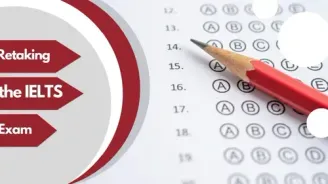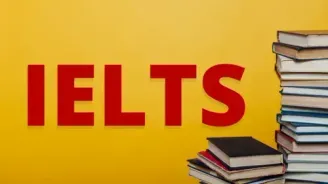What’s in the IELTS General Reading?
The IELTS General Reading exam evaluates your ability to interpret everyday reading materials in practical contexts. It is ideal for students planning to immigrate or apply for courses below the degree level. The test is structured into 3 sections, each progressively more challenging.
Here’s an overview of the Reading test IELTS general.
Also Read: IELTS Reading Band Score
IELTS General Reading Question Types
In this section, we’ll discuss the various question types that you may come across in the IELTS General Reading test. While some question types are similar to those in the Academic test, the content and level of difficulty will vary depending on the test type.
And now, let's understand each question type in detail.
Free IELTS General Reading Practice Test
Practising with authentic IELTS General Reading mock tests can help you to become familiar with the test format and question types and simulate real exam conditions.
Here, we’ve provided the top 10 IELTS General Reading practice test with answers for your reference.
IELTS General Reading Practice Test 1
IELTS General Reading Practice Test 2
IELTS General Reading Practice Test 3
IELTS General Reading Practice Test 4
IELTS General Reading Practice Test 5
IELTS General Reading Practice Test 6
IELTS General Reading Practice Test 7
IELTS General Reading Practice Test 8
IELTS General Reading Practice Test 9
IELTS General Reading Practice Test 10
IELTS General Reading Tips
Preparing for the IELTS General Reading section requires a mix of strategic approaches and consistent practice. This section tests your ability to understand and interpret various types of texts commonly encountered in everyday contexts.
Here are some effective tips to help you excel:
- Read the questions first: Start by reading the questions to understand what information you need to look for in the passage. This approach keeps you focused and reduces time spent on unnecessary details.
- Skim and Scan the passages: Use skimming to grasp the overall meaning of the passage and scanning to locate specific details. These techniques save time and help you navigate lengthy texts effectively.
- Manage your time wisely: Allocate around 20 minutes per passage, leaving enough time for all three sections. Practise pacing yourself during mock tests to avoid last-minute rushes.
- Make a smart guess: Eliminate clearly incorrect options to narrow down your choices. Look for contextual clues in the passage.
- Practise regularly: Familiarise yourself with different types of texts, such as newspaper articles, advertisements, and instructional materials, to improve comprehension and adaptability.
- Expand your vocabulary: Learn new words, phrases, and idioms regularly. A strong IELTS Reading vocabulary makes it easier to understand and interpret complex texts.
By incorporating these strategies into your preparation routine, you’ll be better equipped to handle the IELTS General Reading section confidently and efficiently.
Common Mistakes to Avoid
- Reading the entire passage word by word – Focus on skimming and scanning instead.
- Not reading instructions carefully – Missing details can lead to incorrect answers.
- Ignoring synonyms and paraphrasing – Answers may not match the exact words in the passage.
- Spending too much time on one question – Move on if unsure and return later.
- Misunderstanding True/False/Not Given – Assume only what the passage states, not your own knowledge.
- Not transferring answers correctly – Spelling errors and incorrect formats can lose marks.








